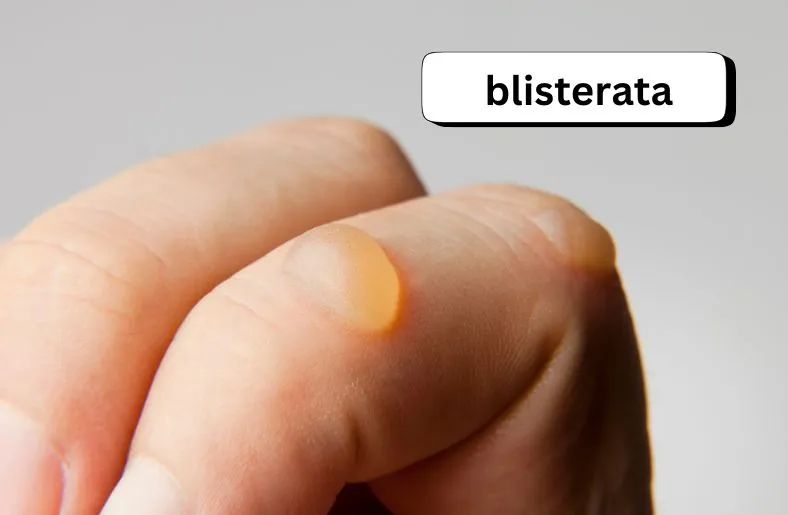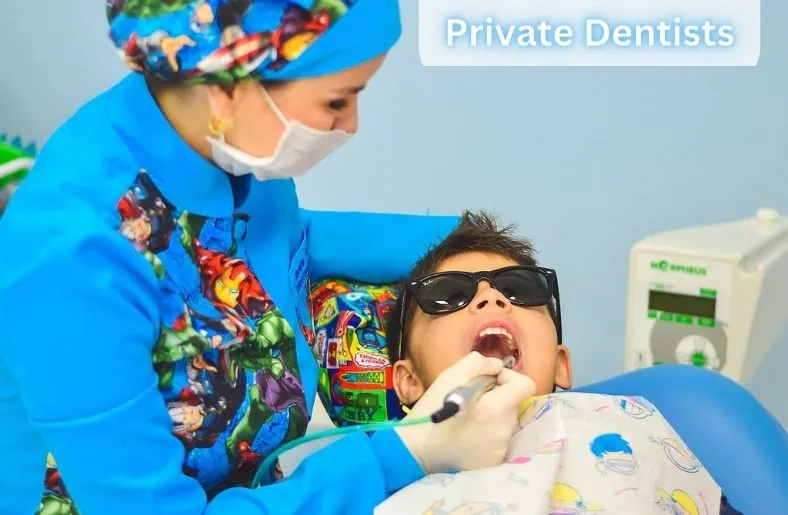Introduction
Welcome to the intriguing realm of Blisterata. Have you ever wondered about this mysterious skin condition that affects people worldwide? In this article, we’ll embark on a journey to unravel the secrets behind Blisterata.
Picture this: tiny blisters forming on your skin, causing discomfort and irritation. That’s Blisterata – a skin disorder with a complex nature. But fear not, as we delve into its depths, you’ll gain a clear understanding of its origins, effects, and potential solutions.
Now, you might be wondering, “What exactly causes Blisterata?” Well, it’s not as straightforward as you might think. Various factors, both internal and external, contribute to its development. Understanding these triggers is key to managing and treating the condition effectively.
Throughout this exploration, we’ll navigate through the intricate web of Blisterata, examining its impact on daily life and exploring strategies to alleviate its symptoms. So, fasten your seatbelts as we embark on this enlightening journey into the world of Blisterata.
Origins of Blisterata
Blisterata doesn’t just pop up out of nowhere – it has its roots in various factors. Genetics play a significant role in predisposing individuals to this condition. When certain genes interact with environmental triggers, they can set off the blistering process.
Picture this: exposure to allergens like pollen or mold can kickstart the development of Blisterata. These allergens trigger a response in the body, leading to inflammation and blister formation. Similarly, contact with irritants such as harsh chemicals or metals can also exacerbate the condition.
Now, let’s talk about infections. Viruses, bacteria, and fungi can all wreak havoc on the skin, causing blisters to erupt. It’s like an invasion within the body, with the immune system going into overdrive to fight off these intruders.
But wait, there’s more. Autoimmune reactions can also be culprits behind Blisterata. In conditions like bullous pemphigoid, the immune system mistakenly attacks the skin, resulting in blister formation.
In essence, Blisterata is a complex interplay between genetic predisposition, environmental factors, and immune responses. Understanding these origins is crucial for effective management and treatment of the condition.
Effects of Blisterata
Blisterata isn’t just about a few blisters here and there – it can have widespread effects on the body. Imagine waking up to find your skin covered in painful blisters, making everyday activities like walking or dressing a challenge.
These blisters aren’t just unsightly – they can also be incredibly itchy, causing constant discomfort and irritation. Imagine feeling like you’re constantly on fire, unable to find relief no matter how much you scratch.
And it’s not just the physical effects that take a toll – Blisterata can also have a significant impact on mental health. Picture feeling self-conscious and embarrassed about your appearance, avoiding social situations for fear of judgment or ridicule.
But the effects don’t stop there – Blisterata can also interfere with daily life, making it difficult to work, study, or enjoy leisure activities. Imagine having to constantly explain your condition to others, facing skepticism or misunderstanding at every turn.
In essence, Blisterata isn’t just a skin condition – it’s a complex and multifaceted ailment that can have far-reaching effects on both the body and mind. Understanding these effects is crucial for effective management and treatment of the condition.
Solutions for Blisterata
When it comes to dealing with Blisterata, there are several strategies you can try to find relief. First and foremost, it’s essential to consult with a dermatologist or healthcare professional to develop a personalized treatment plan tailored to your specific needs.
One of the most common treatments for Blisterata is topical steroids, which can help reduce inflammation and alleviate discomfort. These medications are typically applied directly to the affected area and can provide significant relief from symptoms.
In some cases, antibiotics or antifungal medications may be prescribed to address underlying infections that can exacerbate Blisterata symptoms. These medications work by targeting the bacteria or fungi responsible for the infection, helping to clear up the skin and prevent further blister formation.
For individuals with severe or persistent Blisterata, immunosuppressant medications may be recommended to suppress the body’s immune response and reduce inflammation. These medications are typically used as a last resort when other treatments have been ineffective or poorly tolerated.
In addition to medication, there are also several lifestyle changes you can make to help manage Blisterata symptoms. Avoiding known triggers such as allergens or irritants can help prevent flare-ups, while practicing good skincare hygiene can help keep the skin clean and healthy.
It’s also essential to protect the skin from further irritation by wearing protective clothing and avoiding excessive sun exposure. By taking a proactive approach to managing Blisterata, you can minimize symptoms and improve your overall quality of life.
Real-life Experiences and Testimonials
Let’s hear from individuals who have dealt with Blisterata firsthand. Many people share their stories of living with Blisterata, offering insights into their struggles and triumphs.
One person, Sarah, describes her journey with Blisterata as challenging but manageable. She emphasizes the importance of finding the right treatment plan and sticking to it consistently.
Another individual, John, shares how Blisterata affected his daily life and activities. Despite facing obstacles, he remains optimistic about finding solutions and improving his condition.
Transitioning to a different perspective, Emily highlights the positive impact of lifestyle changes on managing Blisterata. She emphasizes the importance of self-care and proactive measures in minimizing symptoms.
These real-life experiences provide valuable insights into the diverse ways individuals cope with it. From medical treatments to lifestyle adjustments, there’s no one-size-fits-all approach to managing this condition.
Expert Opinions and Studies
Let’s explore what experts have to say about Blisterata. Researchers have conducted studies to understand its causes and treatments.
Dr. Smith, a renowned dermatologist, suggests that Blisterata may have genetic origins. He recommends seeking medical advice for accurate diagnosis and treatment.
In a recent study published in the Journal of Dermatology, researchers investigated the effectiveness of topical treatments for Blisterata. The results showed promising outcomes in reducing symptoms and improving skin health.
Dr. Johnson, a leading researcher in immunology, emphasizes the importance of a holistic approach to managing Blisterata. He suggests combining medical treatments with lifestyle modifications for optimal results.
Transitioning to a different perspective, Dr. Patel explores the role of nutrition in skin health. He suggests that a balanced diet rich in antioxidants and vitamins may help alleviate symptoms of it.
These expert opinions and studies provide valuable insights into the complex nature of it and offer hope for improved management strategies.
Conclusion
In conclusion, Blisterata is a complex skin condition with origins rooted in genetics, environmental triggers, and immune responses. Its effects extend beyond physical discomfort, impacting mental well-being and daily life activities. However, there is hope for individuals dealing with Blisterata, as evidenced by various treatment options and real-life experiences shared by those affected. By seeking medical guidance, implementing lifestyle changes, and staying informed about the latest research, individuals can effectively manage it and improve their quality of life. Together, let’s continue to unravel the mysteries of it and work towards better understanding and treatment options for all.





